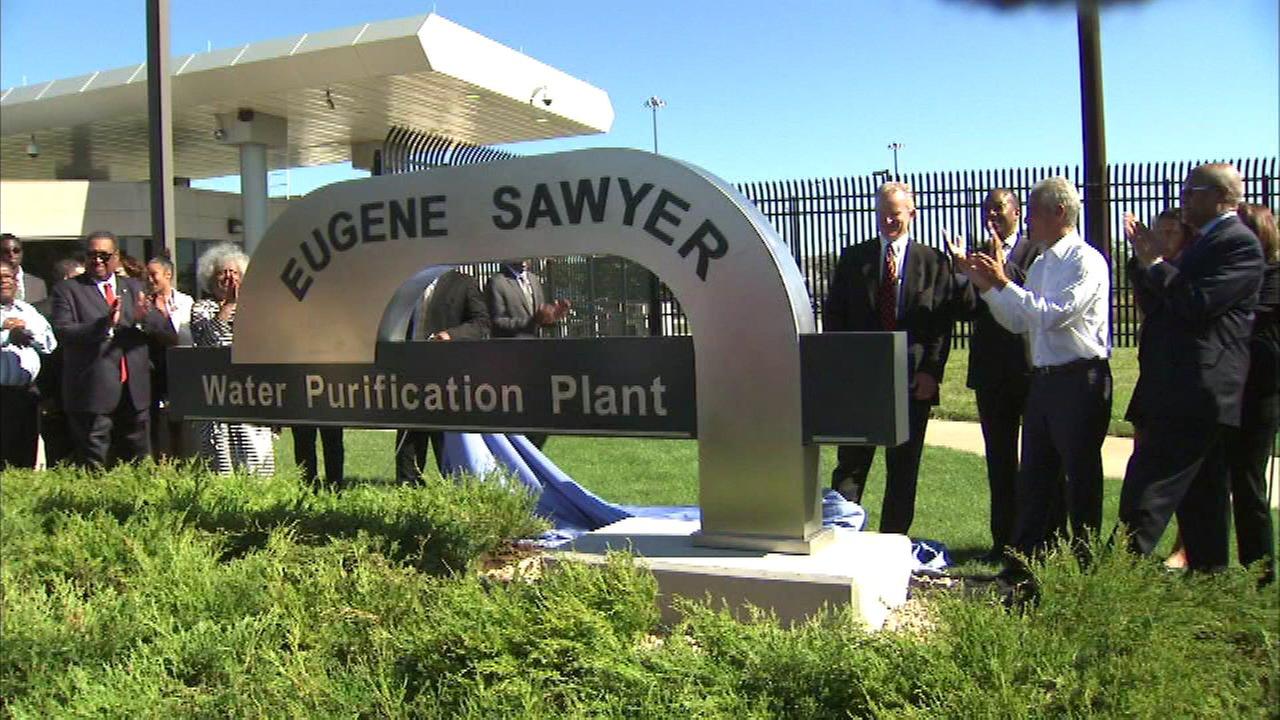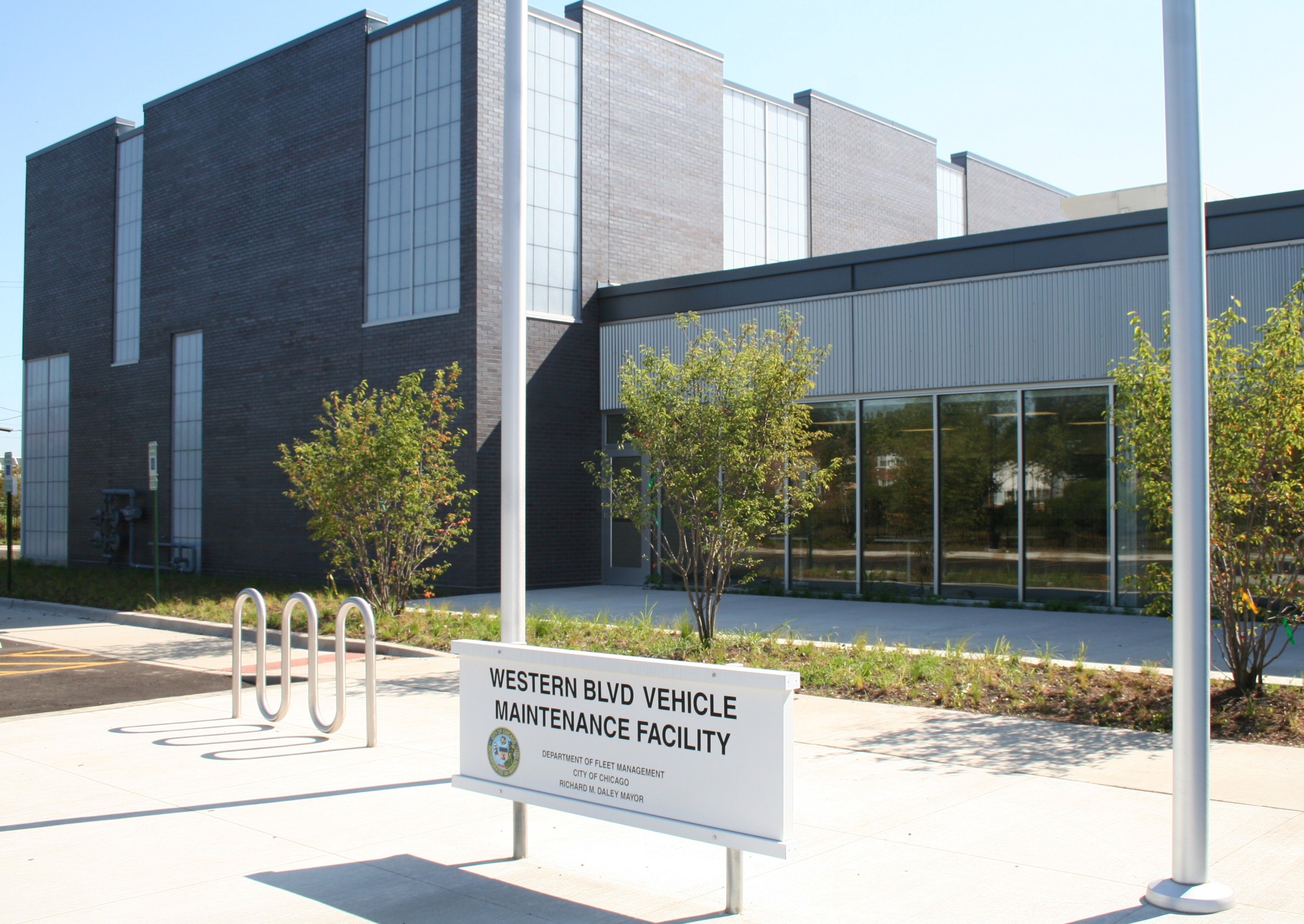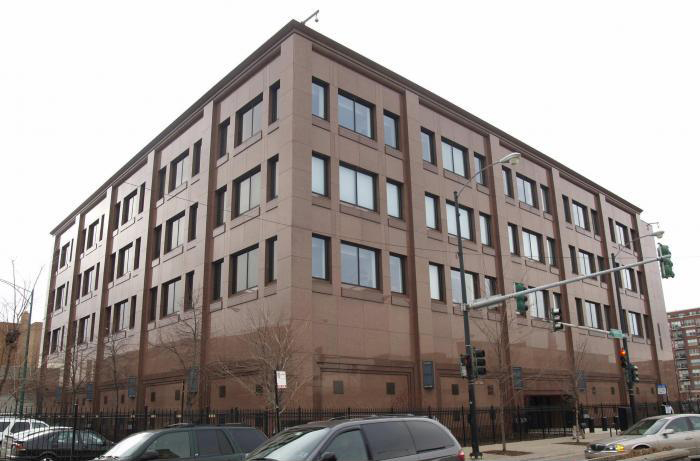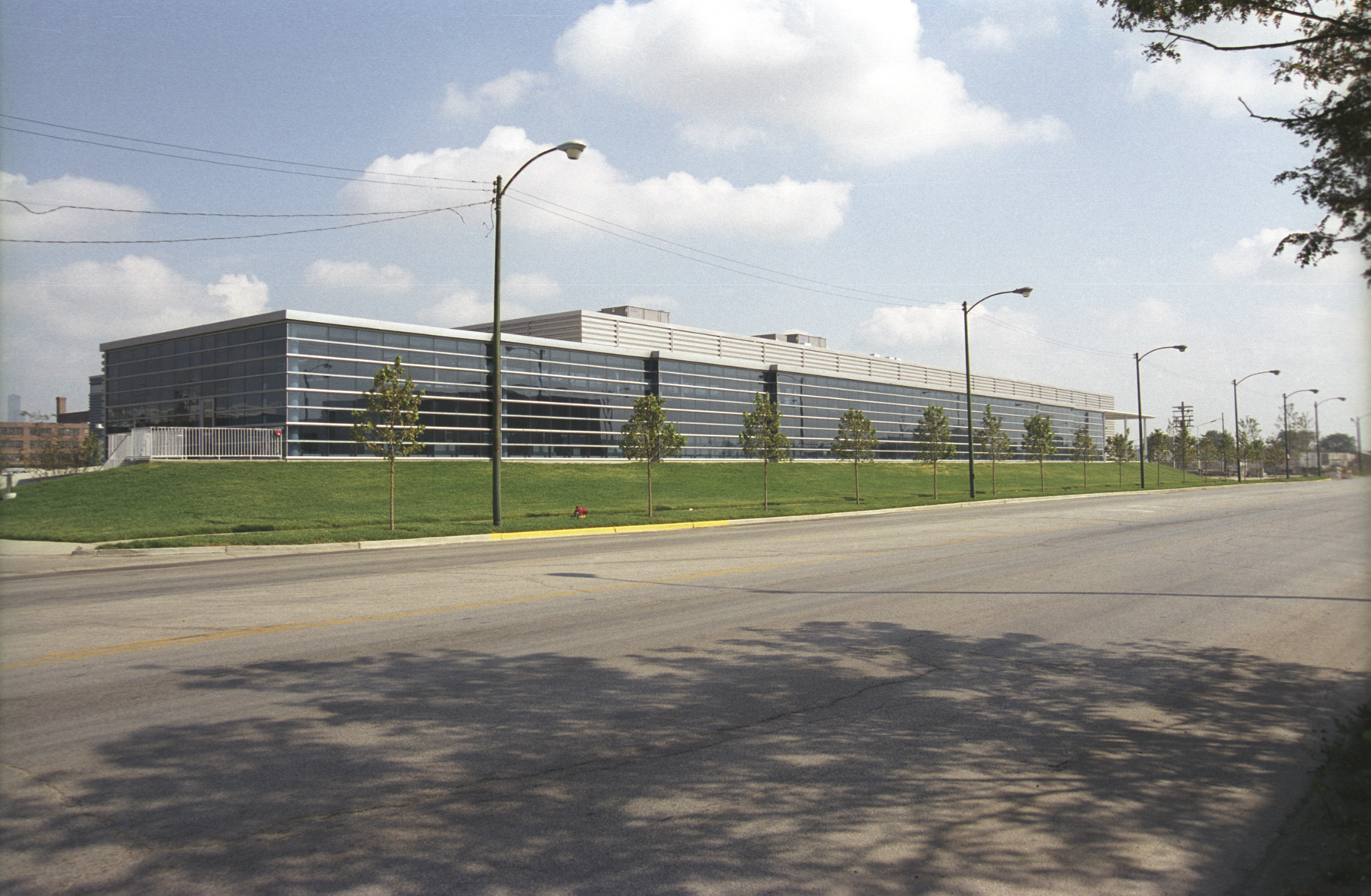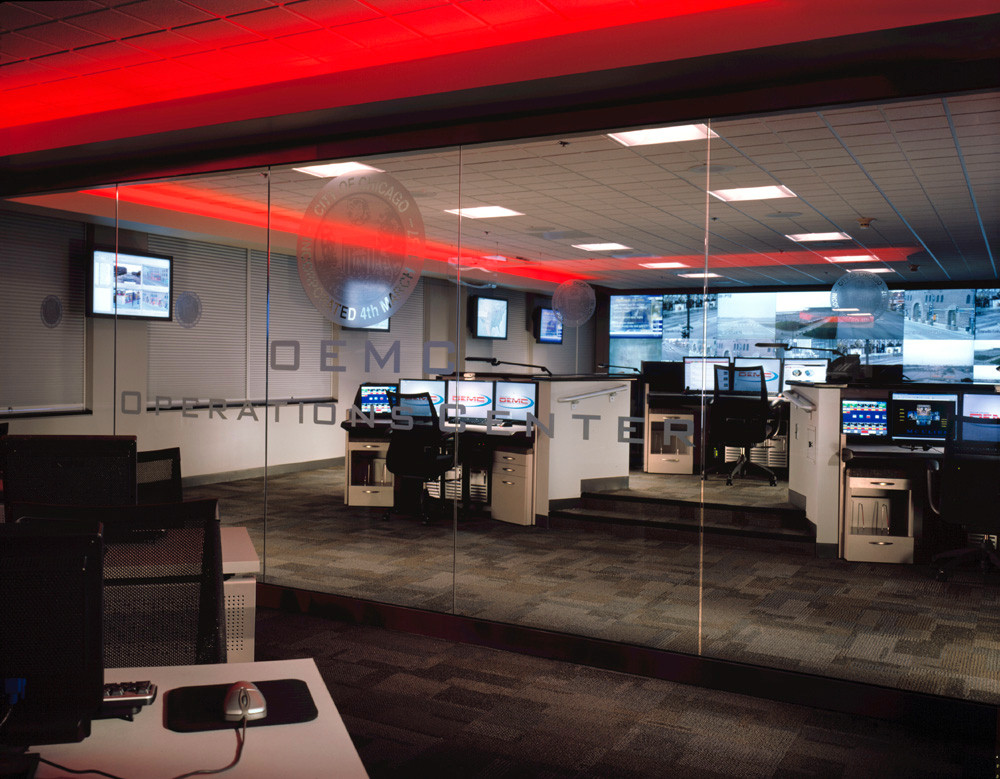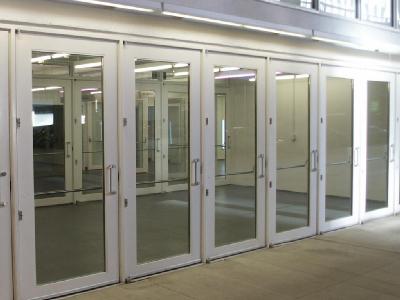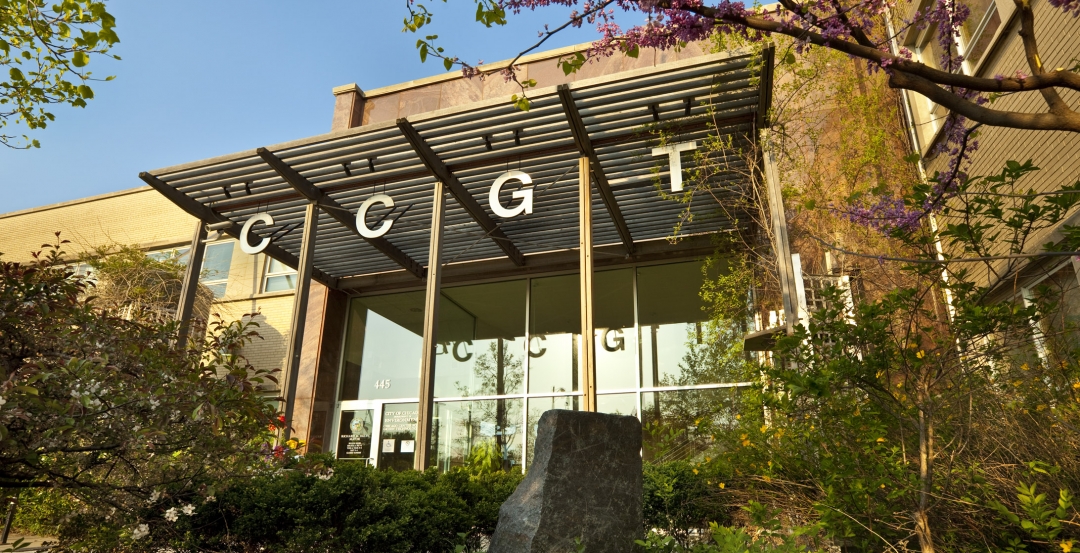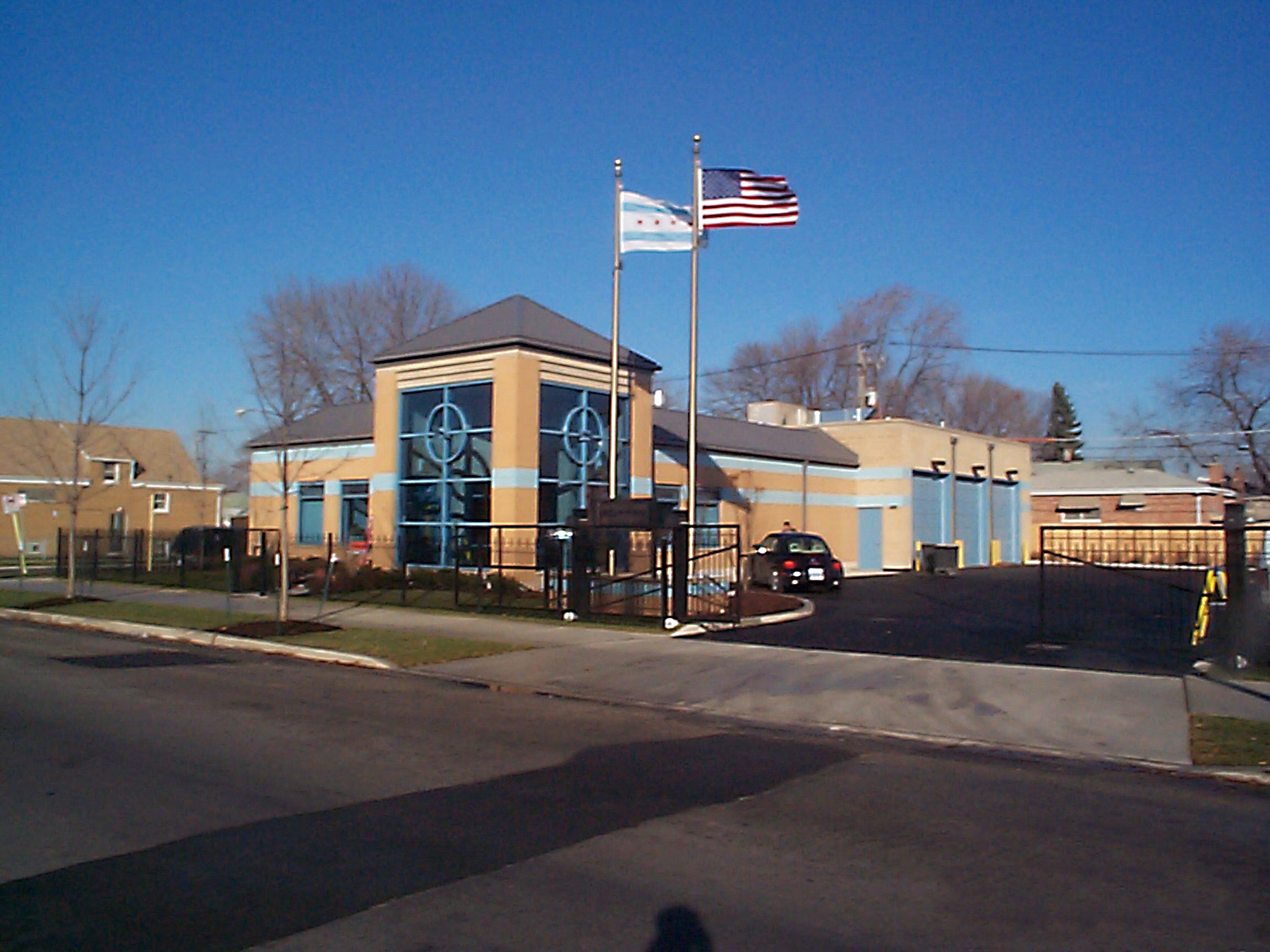Chlorine Improvements
LEED Certified: Silver
A 37,000 sq. ft. structure designed to house new chlorine processing equipment. Site work includes roadway improvements and 40 new parking spaces.
The project includes the removal of existing chlorination equipment, the installation of new chlorination equipment, new water lines, a new electrical feeder from an existing substation, provisions for new emergency scrubbers, new hoisting equipment, new compressed air equipment, improvements to the process control system and miscellaneous work as required to provide a complete installation.
LEED Features: Light colored pavement to reduce heat island effects. The building seeks LEED basic certification.
* formerly known as the South Water Purification Plant
